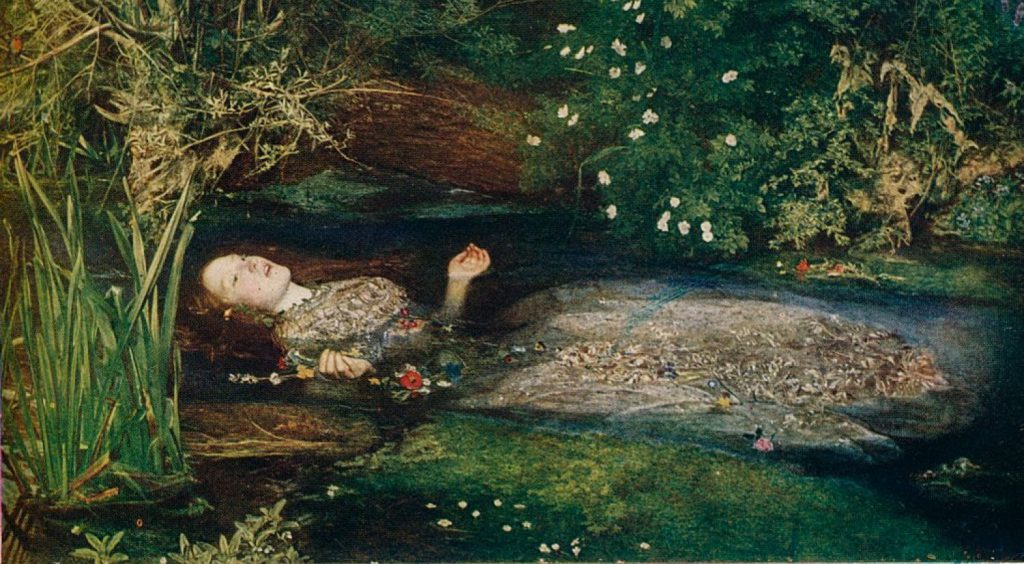By Sebastian Ching
If you ever find yourself inside the Tate Gallery, you might come across a painting of a forlorn woman adrift in a river. Cruelly spurned and maltreated, she is driven mad with grief, her fate consigned to a watery grave. John Everett Millais’ Ophelia is a beautiful, albeit grim, depiction of its subject matter. It is rendered tragic because of his treatment of Elizabeth Siddal, who modelled for his painting. In his pursuit of transposing Siddal’s despondence onto canvas, he left her submerged in icy cold water for hours. Siddal nearly died from pneumonia as a result. It is her suffering and anguish that is immortalised in Ophelia.
To argue that one’s suffering is necessary to create beauty is a horrific claim. Unfortunately, the archetype of the artist mistreating his muse is a recurrent one. In Portrait of a Lady on Fire, director Celine Sciamma depicts this relationship in a different light, breaking the silence of the muses.
Portraiture presents itself as a difficult task for the artist. The artist must offer an authentic depiction of their subject through their representation of them. But can such a goal be achieved if the portrait is solely constructed using the artist’s gaze? Sciamma’s solution is to ask who is gazing back at the artist. If Ophelia is a portrait defined by its artist’s singular gaze, Sciamma’s notion of portraiture is defined by reciprocity.
In part a retelling of the myth of Orpheus and Eurydice, throughout the film, portraitist Marianne is haunted by a silent apparition of her muse and lover, Héloïse. Clad in a wedding dress, her spectre haunts Marianne throughout the film. Much like Orpheus, Marianne initially gazes back at the apparition in fear of losing her lover. It is a gaze borne out of a furtive desire to preserve the image of her lover. Towards the end of the film, Marianne’s fears are realised. She must depart, and Héloïse must marry her betrothed. As Marianne departs, Héloïse requests her to turn around. Reciprocating her request, Marianne turns to see Héloïse clad in matrimonial white.
In doing so, both acknowledge the other cannot be recreated by revisiting past memories. To do so would be a representation borne from only the gaze of one, the antithesis of the portrait they had constructed together. The static and definite nature of memory can capture neither the transience or vivacity of their relationship.
In acknowledging this, their love endures, overcoming the limits of temporality. It is in the aesthetic realm where the two lovers bridge past with present. For Marianne, the experience of meeting her lover’s gaze in portraiture is enough to conjure the memory of her. It is the same for Héloïse. At the film’s closing, she finally experiences the thunderous strings of Vivaldi’s Spring. The memories they conjure involuntarily bring her to tears.




